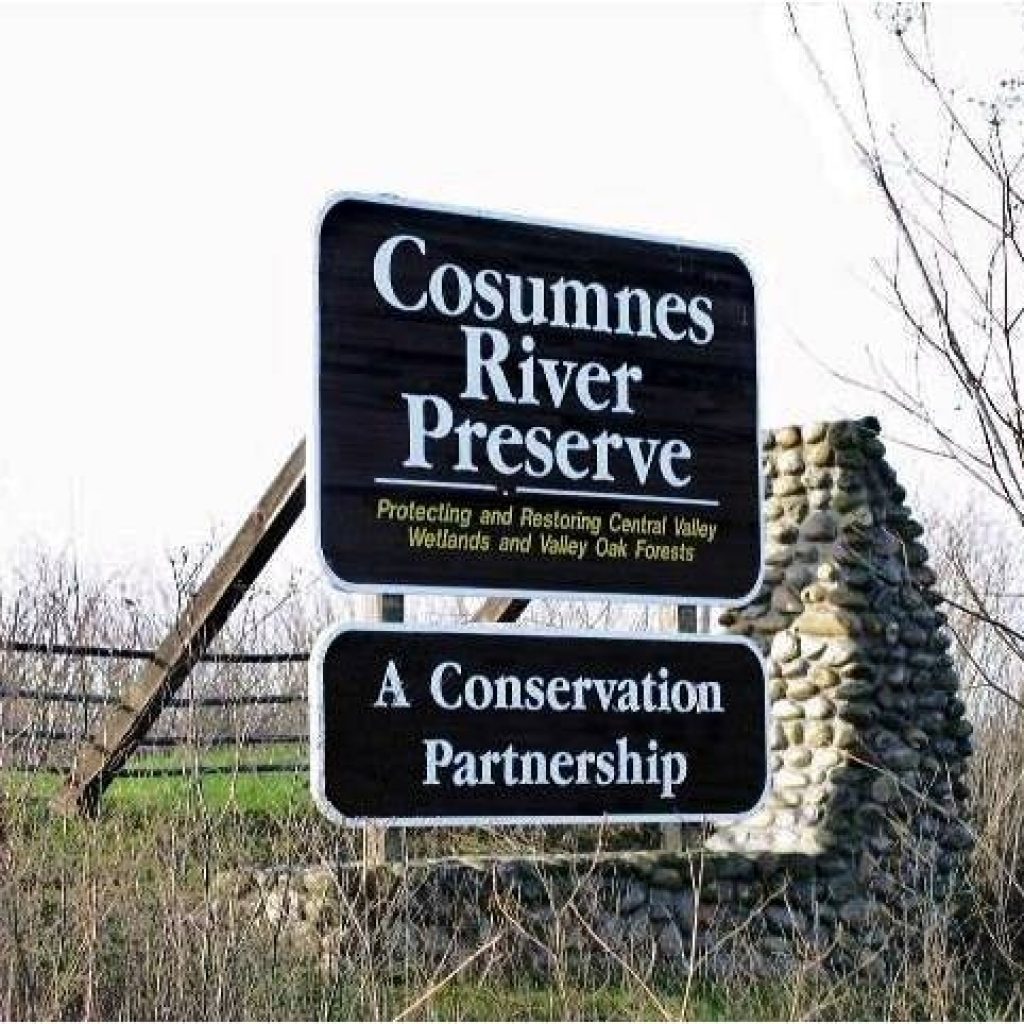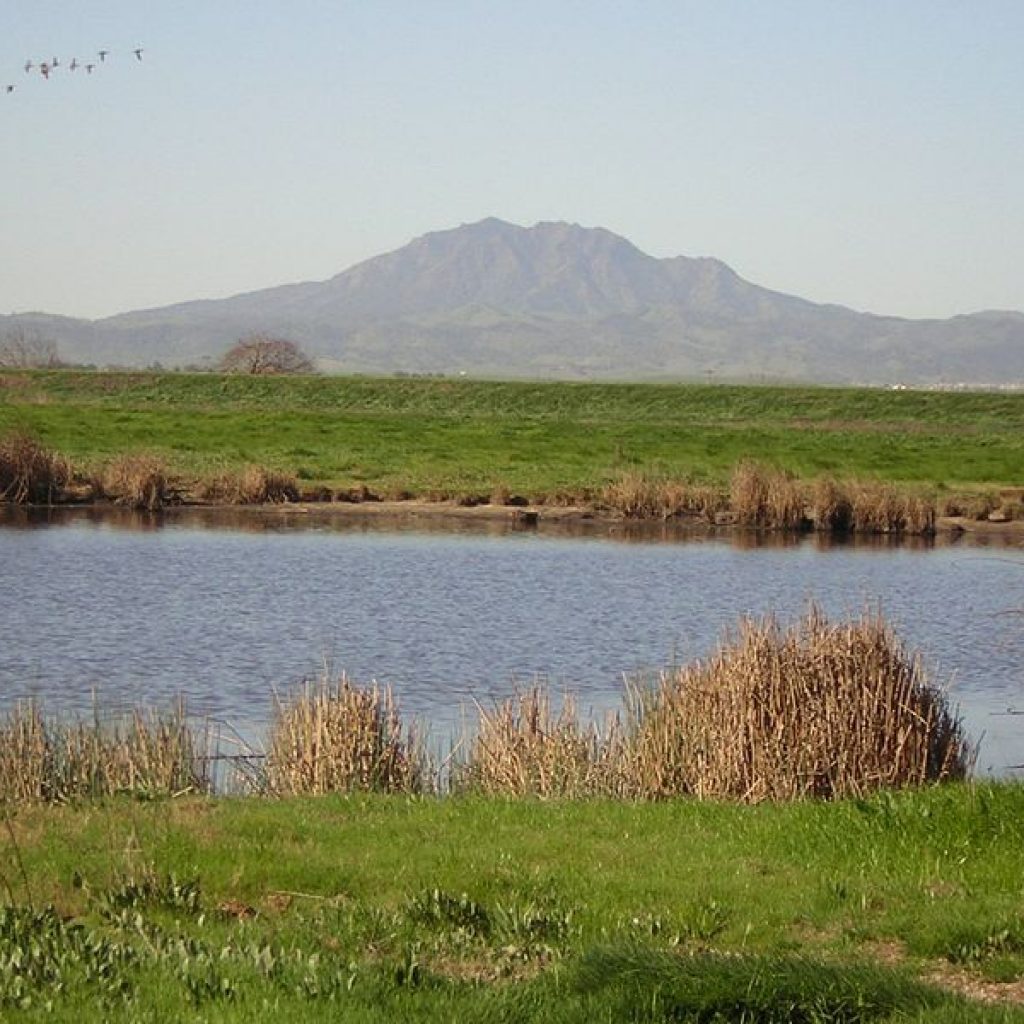Delta Life: Reclaiming the Land
The understanding of the role of mosquitoes in malaria, added to the tempting richness of the peat soils helped fuel the massive transformation of the Delta from wetland to farmland. More important, however, was the 19th century perception of wetlands as useless “swamps”, whose draining and appropriation for human use was part of Manifest Destiny itself. Hence the term “reclamation”, which presumes some original “claim” on the land that is asserted again as it is “re-claimed”. Between the State and federal government and different Swamp Acts and Commissions, several options for ownership of reclaimed land were tried before 1868, when the Green Act encouraged large, capital-intensive companies and individuals to purchase unlimited acreage for levee-building, draining and resale. It was a good investment, as land that cost $1.25 an acre once reclaimed could be sold for $30 an acre in 1869 and $75 an acre in 1870, but the speculative profits were short-lived as the hand-built peat levees were unstable and breaches were common.
Reclamation became more effective with the introduction of mechanical dredges. The most important attribute of the bucket at the end of a long boom was that a dredge so equipped could dig in a channel at a considerable distance beyond the outside of an existing levee, thus extracting alluvial and mineral soils—which made for more stable levees than the interior peat soils—while at the same time not excavating so close to the levee itself as to undermine it. By 1920 they had succeeded in reclaiming nearly the entire Delta, paving the way for large-scale agriculture.
There were ecological consequences to this transformation, of course. Wetland vegetation in the Delta and in the Sacramento Valley’s natural flood basins all but disappeared and the dense concentrations of wildlife that had thrived in and around the tules vanished with them. It would not be until the last decades of the twentieth century, after a cultural sea change in attitudes about the natural world had taken place, that some of these wetlands—primarily along the Delta’s margins—would be restored.


